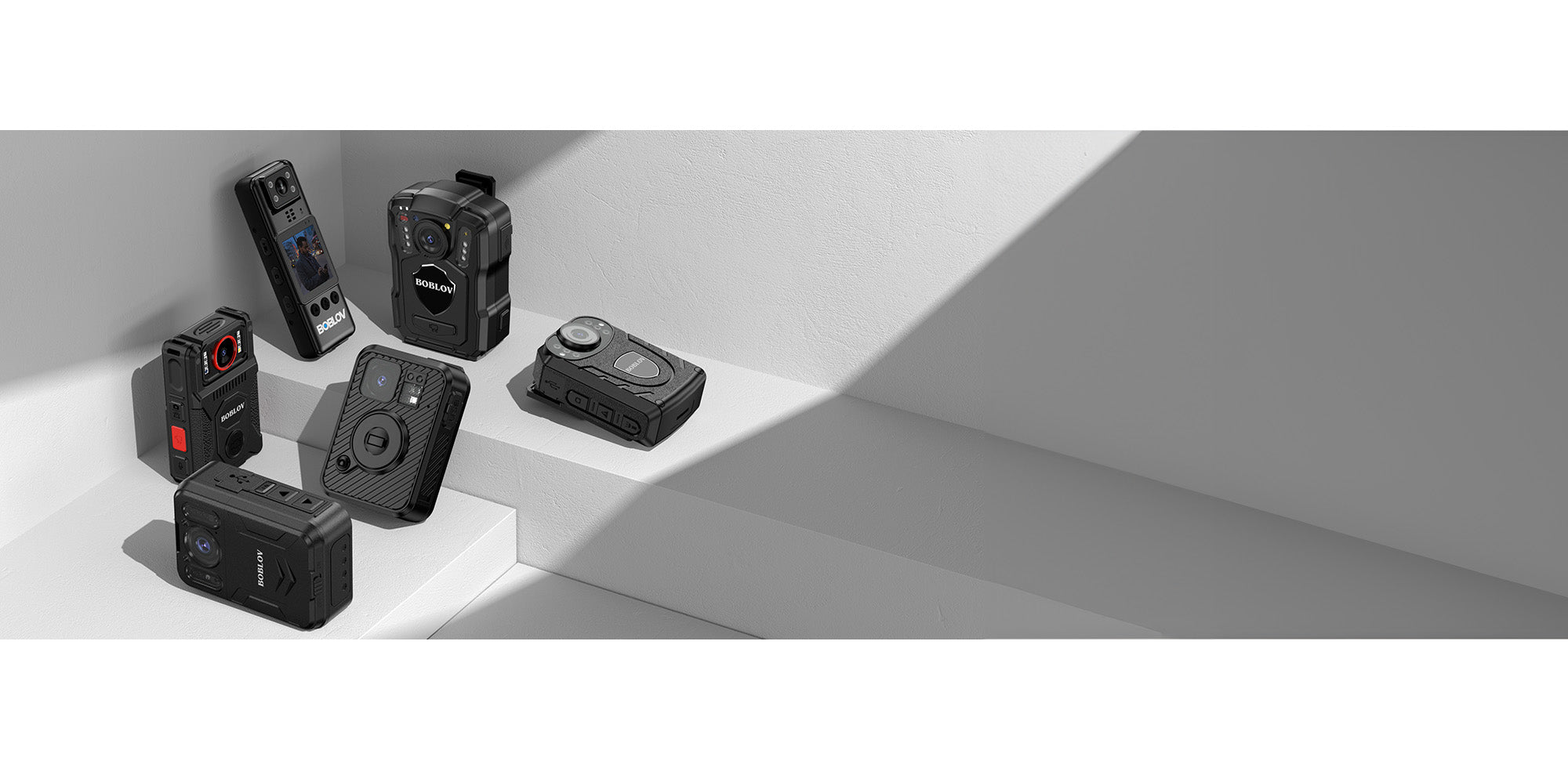The Rise of 4K Cameras in Professional Photography
What is 4K and Why Does it Matter?
4K resolution means images have about 4,000 pixels in width. It's much sharper than 1080p HD. This high quality is key in professional fields. It lets photographers capture fine details clearly. Plus, 4K allows for better image cropping without losing clarity. In large prints or high-quality publications, this clarity stands out. For pros, 4K is becoming a must for delivering top work. It's not just the pixels. The color and texture detail in 4K images are also better. That’s why pros are moving towards 4K cameras fast.

The Evolution of 4K Technology in Cameras
The journey of 4K technology in cameras has been fascinating. It started with high-end cinema cameras. Over time, this tech made its way into the hands of pro photographers. Early 4K cameras were bulky and costly. Now, 4K has become standard even in consumer models. The features have improved too. We now see better low-light performance and faster processing speeds. Autofocus systems have become more accurate with 4K. Overall, this evolution has changed how we capture images today.
The Impact of 4K on Photography Workflows
The jump to 4K in professional photography has changed the game. Workflow shifts have been major. Shooters spend more time on data management due to larger file sizes. This affects storage needs and post-processing times. Editing 4K images demands more from computers. Hence, photographers have to upgrade their hardware. But there's a benefit – the detail in 4K allows for better cropping and retouching. It gives room for more creative freedom. Yet, it's a balance between high-res perks and the added workflow steps.
Top 4K Cameras of 2019: A Closer Look
Breaking Down the Best Sellers
2019 was a standout year for camera tech, especially in the 4K arena. Some models rose to the top, becoming favorites among both pros and enthusiasts. Here’s a quick list of the best sellers:
- Sony A7R IV: A full-frame mirrorless marvel with a whopping 61MP sensor.
- Canon EOS R: Canon's first full-frame mirrorless camera that impressed many with its capabilities.
- Nikon Z6: Known for its sharp video quality and excellent low-light performance.
- Panasonic Lumix S1: A powerhouse for videographers with its advanced video features.
- Fujifilm X-T3: A hit among photographers for its color fidelity and fast performance.
Each of these models brought something special to the table, setting new benchmarks for quality and performance.
Features That Set These Cameras Apart
Each top 4K camera of 2019 has unique features that make it stand out. - Autofocus speed and accuracy for capturing sharp images quickly. - Sensor size which affects image quality and low-light performance. - Image stabilization systems to reduce blur in photos and videos. - Video capabilities, like slow motion and high frame rates, for dynamic footage. - Connectivity options such as Wi-Fi, Bluetooth, and GPS for easy sharing and geotagging. These features cater to the diverse needs of professional photographers and videographers.
Comparing Price Points and Specifications
In 2019, the market saw a variety of 4K cameras, each with unique specs and price tags. By comparing them, photographers can choose the best fit for their needs and budget. Key specs to compare include resolution, frame rate, sensor size, and lens options. Here's a simplified breakdown:
- Resolution: Higher resolution offers more detail. Look for cameras with at least 3840 x 2160 pixels.
- Frame rate: Frame rates affect motion capture. Higher rates are better for fast action scenes.
- Sensor size: Larger sensors give better image quality, especially in low light.
- Lens options: More lens choices mean more creative control for the photographer.
Alongside these specs, price is a major factor. Some cameras offer professional quality at a high cost. Others are more budget-friendly but with fewer features. When comparing, consider what you'll use the camera for and how much you're willing to spend.
Predicting the Future: What's Next for 4K Cameras?
Innovations on the Horizon
The future of 4K cameras holds exciting prospects. We may see features like increased resolution, beyond 4K. AI could improve image processing and auto functions. We expect better low-light performance and high dynamic range (HDR) as well. Wireless tech will make photo sharing instant. Also, lighter designs will make pro cameras more portable. Battery life is another area for potential growth. Look out for more durable, weatherproof models too. These innovations will keep 4K cameras at photography's cutting edge.
How Consumer Preferences Are Shaping the Market
Consumer tastes have always influenced tech markets. The demand for 4K cameras is no different. Users now seek devices that offer more than just high resolution. They want cameras that are compact, easy to use, and smart. Features like WiFi, cloud syncing, and social media integration are key. Battery life is also a big factor. As users take more videos, a long-lasting battery is a must. Camera makers are listening to these needs. They are creating cameras that meet these demands. Expect to see more user-friendly, feature-rich 4K cameras in response to consumer preferences.
The Role of 4K in Future Photography Trends
As the world of photography evolves, 4K cameras are setting new trends. Their high resolution and detail open up new creative possibilities for photographers. We can expect to see 4K becoming a standard, not just in professional spheres, but as a consumer expectation for personal devices like smartphones. This may lead to a push for even higher resolutions, like 8K, as technology advances. Moreover, 4K technology is likely to integrate more with other emerging tech, such as VR and AR, providing immersive experiences. The need for fast, efficient storage solutions to handle large 4K files will also drive innovation in data handling. All in a all, 4K has paved the way for a future where stunning visual quality is the norm.


